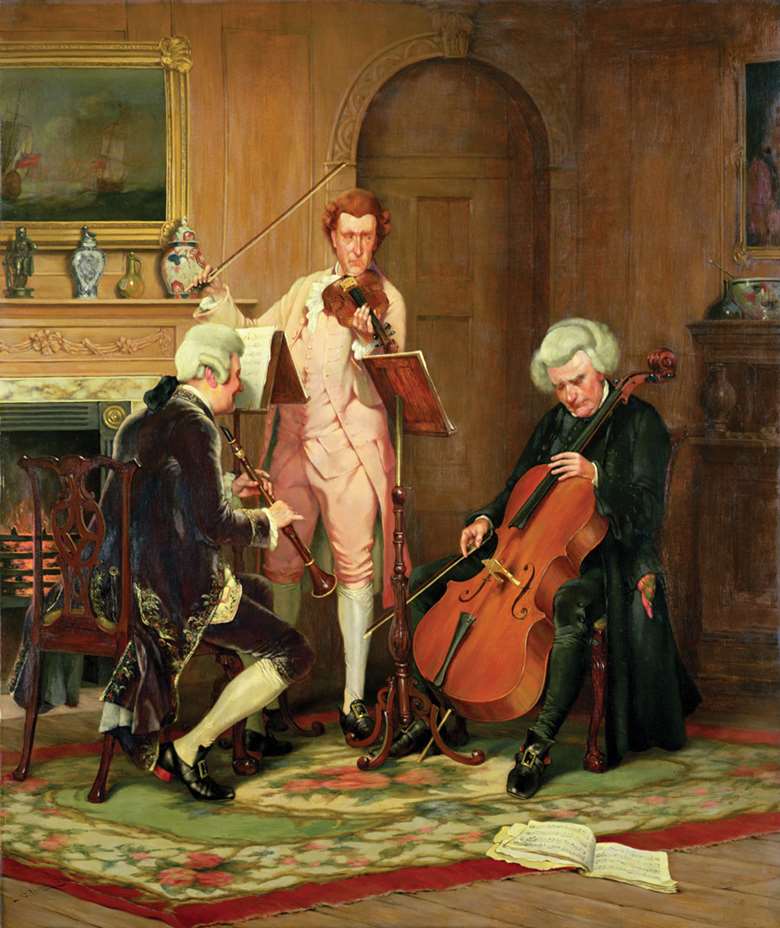What is a Trio Sonata?
Lindsay Kemp
Thursday, October 25, 2018
Lindsay Kemp on a form that thrived in the Baroque period … and then vanished

Register now to continue reading
Thanks for exploring the Gramophone website. Sign up for a free account today to enjoy the following benefits:
- Free access to 3 subscriber-only articles per month
- Unlimited access to our news, podcasts and awards pages
- Free weekly email newsletter








